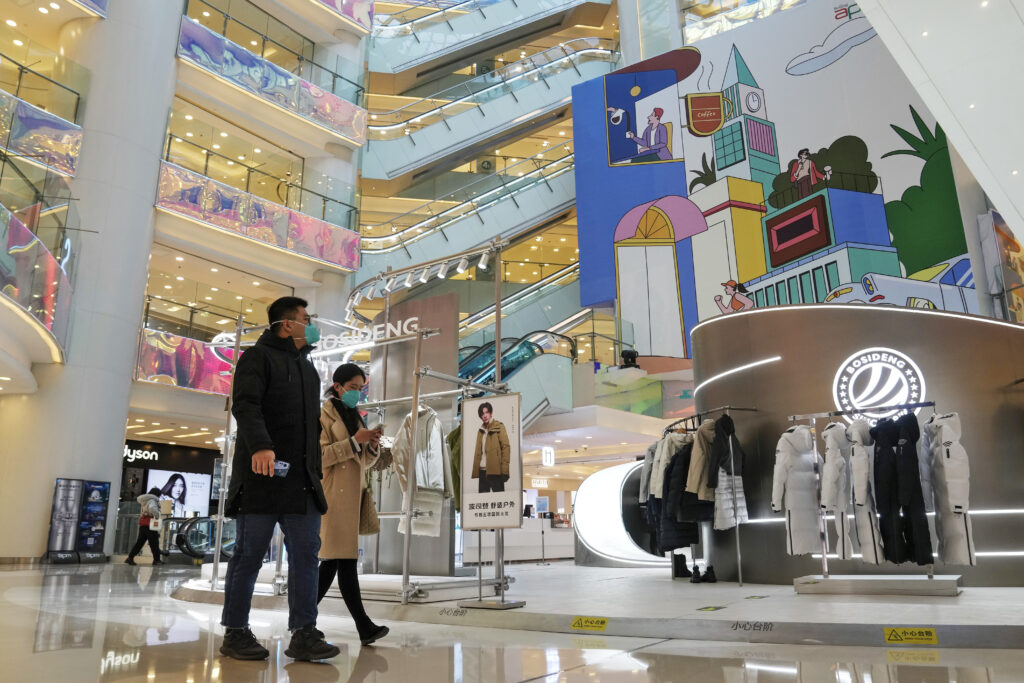China’s factory activity shrank at the sharpest pace since the pandemic first emerged nearly three years ago, after Beijing’s abrupt reversal of counter-epidemic measures this month set off a wave of COVID infections across the country. The Associated Press has the story:
Chinese manufacturing erodes amid COVID-19 surge
Newslooks- BEIJING (AP)
Chinese manufacturing contracted for a third consecutive month in December, in the biggest drop since early 2020, as the country battles a nationwide COVID-19 surge after suddenly easing anti-epidemic measures.
A monthly purchasing managers’ index declined to 47.0 from 48.0 in November, according to data released from the National Bureau of Statistics on Saturday. Numbers below 50 indicate a contraction in activity.
The contraction was the biggest since February 2020, when the COVID-19 pandemic had just started.
The weakening comes as China earlier this month abruptly relaxed COVID-19 restrictions after years of attempts to stamp out the virus. The country of 1.4 billion is now facing a nationwide outbreak and authorities have stopped publishing a daily tally of COVID-19 infections.
Several other sub-indexes, including for large enterprises, production and demand in the manufacturing market also dropped compared to November.
“Some surveyed companies reported that due to the impact of the epidemic, the logistics and transportation manpower was insufficient, and delivery time had been extended,” said Zhao Qinghe, a senior economist at the statistics bureau in a published analysis of the December data.
According to data from the bureau, sectors including construction saw expansion in December together with sub-indexes that measure industries such as air transport, telecommunications, and monetary and financial services.
The purchasing managers’ index for China’s non-manufacturing sector also fell to 41.6 in December, down from 46.7 in November.
China is likely to miss its goal of 5.5% economic growth this year, with forecasters cutting their outlook to as low as 3% in annual growth, which would be the second weakest since at least the 1980s.







